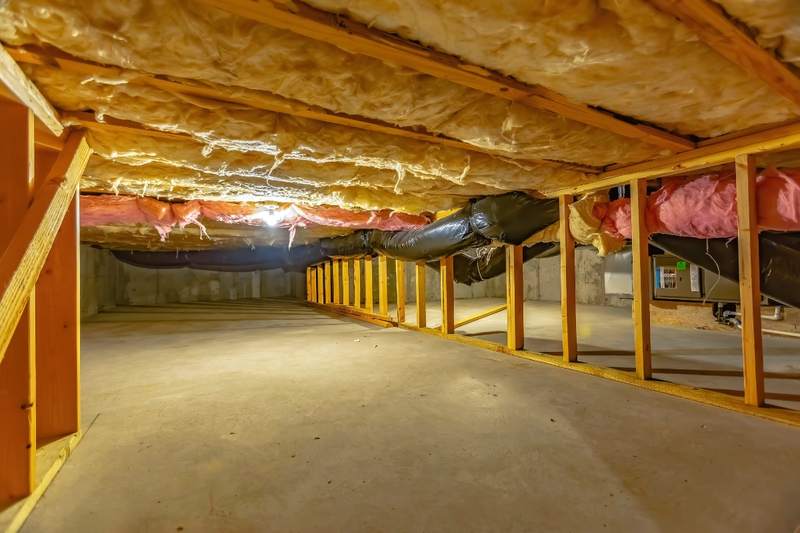
If you’re looking to buy a home, you’ve probably heard the terms “mortgage pre-qualification” and “mortgage preapproval” and wondered how they’re different.
While they are similar, they aren’t necessarily the same thing. Here’s what you need to know about the differences between mortgage preapproval vs. pre-qualification.
Pre-Qualification vs. Preapproval: An Overview
Mortgage-prequalification and mortgage preapproval both are letters from a lender estimating the terms of the loan that it expects to offer you.
The loan amount and interest rate will be based on certain assumptions about your financial situation, and the letter itself doesn’t guarantee you’ll be approved for the loan.
Are pre-qualification and preapproval the same?
Here’s the main difference: Pre-qualification is viewed as a more preliminary step toward getting a loan, while preapproval suggests the lender has reviewed or verified some of your financial information, such as pay stubs and tax returns. Some lenders only offer pre-qualification, while others only offer preapproval.
What Is Mortgage Pre-Qualification?
Think of pre-qualification as a more general version of preapproval. To pre-qualify for a home loan, you’ll need to supply some basic information about your finances, and the lender may check your credit. You’ll usually need to provide details about your income, savings, down payment amount, and desired loan amount. Then, the lender will give you a rough estimate of the loan it may be able to offer you.
With pre-qualification, the information you provide often is self-reported. The upside is that you won’t need to supply documents about your finances. The downside, though, is that pre-qualification is a less accurate predictor of your eligibility for a loan.
What Is Mortgage Preapproval?
Mortgage preapproval is a more serious step in the homebuying process. It’s the most accurate picture you can get of your loan eligibility without actually applying for a mortgage. To get preapproved, your lender will check your credit and assess your financial information. You’ll likely need to provide the following documentation so the lender can verify your finances:
- Personal identification.
- Credit report.
- Proof of income:
- Pay stubs.
- W-2s or 1099s.
- Bank statements.
- Tax returns.
- List of debts.
A preapproval letter is a stronger indication of what you can afford, and agents and sellers are more likely to accept you as a serious buyer if you have one.
Each lender has its own process, but it’s possible to get preapproved in as little as one business day.
Mortgage Pre-Qualification vs. Mortgage Preapproval
Pre-qualification is a good way to start off your house-hunting journey because it gives you an idea of how much you likely can borrow. A mortgage preapproval letter is going to carry more weight than a pre-qualification letter because it implies a more thorough review of your financial information.
However, if your lender only offers pre-qualification and has pulled your credit, then a pre-qualification letter can get the job done. What matters most is the information on the pre-qualification or preapproval letter.
Mortgage Pre-Qualification vs. Mortgage Preapproval
| Pre-Qualification | Preapproval |
| Gives you a general idea of how much you might be able to borrow. | Gives you a more accurate idea of how much you might be able to borrow. |
| Based on self-reported information. | Based on verified financial information. |
| Often quicker to get. | Gives you a competitive advantage. |
| Typically requires a credit check. | Requires a credit check and additional financial documents. |
Mortgage Pre-Qualification FAQ
Here are the answers to some frequently asked questions about mortgage pre-qualification.











